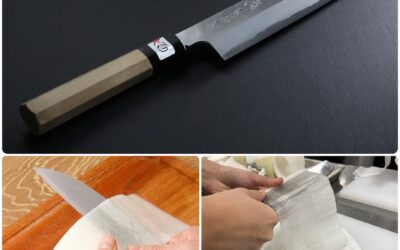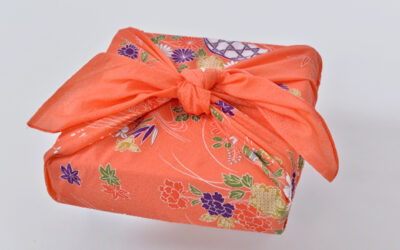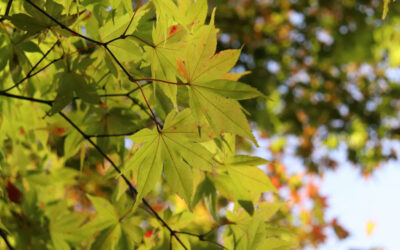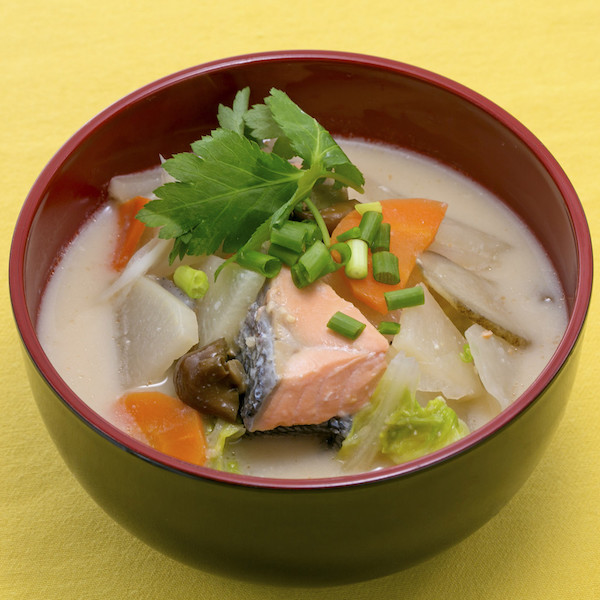
Salmon Saké Kasu Chowder
粕汁
SAKÉ KASU-JIRU
A belly-warming salmon and root vegetable chowder, shaké no kasu-jiru, is standard wintertime fare throughout Japan’s northeastern region, the Tohoku.
Every household seems to have its own rendition, but with this master recipe in hand (Salmon kasu-jiru BASIC RECIPE) you can create your own house version. ENJOY!
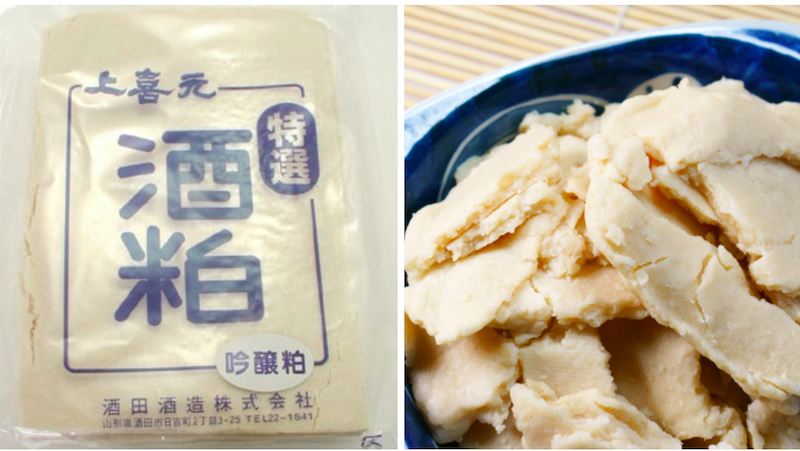
NOTHING goes to waste in the Japanese kitchen!
Saké kasu, the fermented lees that are a by-product of brewing saké, are used to season a delicious, chunky chowder that frequently becomes the main course at family suppers in the Tohoku (Northeast) region of Japan. Saké kasu is often sold in flat sheets called ita kasu, or in broken chunks. Look in the refrigerated case of your local Asian grocery.

